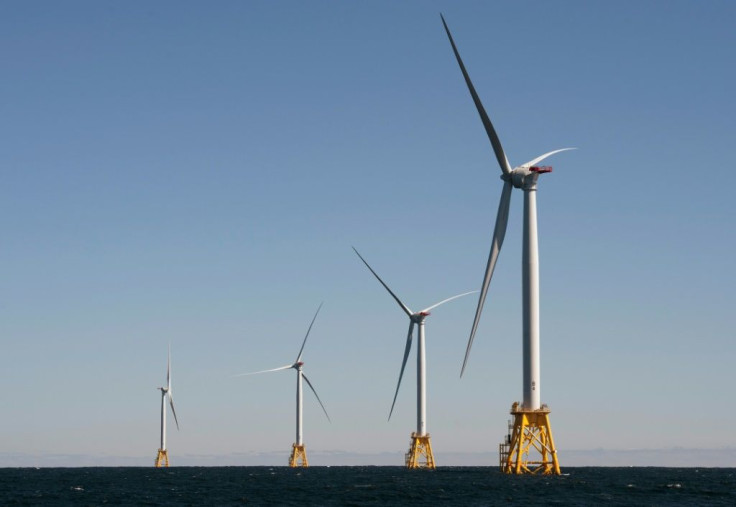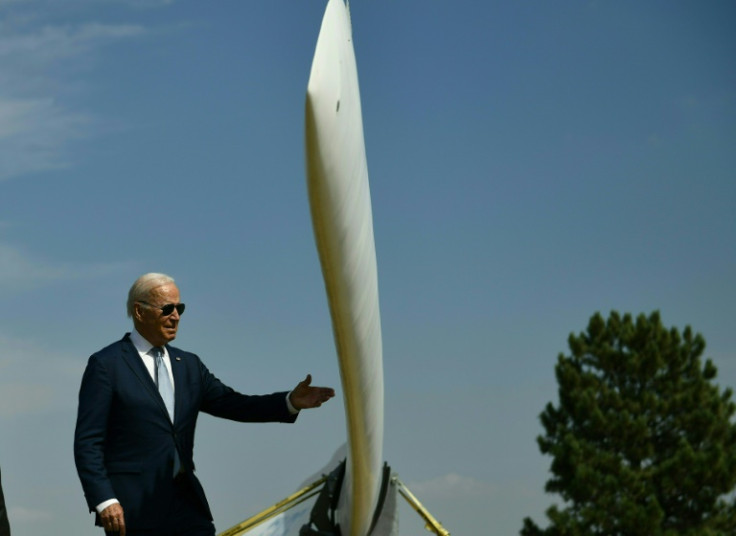Equinor-BP's New York Offshore Wind Project Marks Turning Point For US Offshore Wind In 2024

Offshore wind in the U.S. received a boost last week following months of delays and cancellations of multiple high-profile projects, as the New York State Public Service Commission approved plans for Empire Wind I, a proposed offshore wind farm off of the southern coast of Long Island with over 800 MW of capacity.
Empire Wind is a 50-50 partnership between Norwegian state energy company Equinor and British Petroleum (BP). The project that received approval Thursday is the first stage of a planned offshore wind facility with 2.1 GW of total capacity, enough to power over 700,000 homes in the New York City metropolitan area. Equinor and BP's total investment in Empire Wind is estimated at $3 billion.
"We are pleased with the Public Service Commission's decision to approve Empire Wind 1's Article VII Certificate of Environmental Compatibility and Public Need and applaud Governor Hochul's leadership in scaling up New York's renewable energy industry," Molly Morris, President of Equinor Renewables America, said in a company statement shared with International Business Times on Thursday.
Empire I will run approximately 17.5 miles of electrical cables from 60-80 fixed-bottom wind turbines located three nautical miles away from the coast of Brooklyn, connecting to a newly-constructed substation facility at the South Brooklyn Marine Terminal and supplying enough electricity for 250,000 homes.
"Empire Wind I stands to play a critical role in establishing New York as a world-class hub for the offshore wind industry by revitalizing the South Brooklyn Marine Terminal, creating jobs, boosting the local supply chain, and connecting New Yorkers to a reliable, long-term source of renewable energy," Morris said.
The Public Service Commission must still approve an environmental impact study before construction can begin on Empire I. The project should be online by 2027, according to a projection from the New York State Energy Research and Development Authority.
Empire II Remains In Question
While Empire I receives state approval, the status of the Empire II expansion project immediately to the East remains in doubt, as it has yet to receive the same authorization.
The 1.3 GW phase 2 project has been the subject of substantial opposition from community members in Long Beach, NY, concerned about the impact of building transmission lines through densely populated residential areas. In October, New York Governor Kathy Hochul vetoed a legislative proposal to expedite the construction of Empire Wind II, citing local opposition to the project.
Both Empire I and II received approval from the U.S. Department of the Interior in November.
Empire Wind II has a proposed generation capacity of 1.3 GW, according to Equinor's figures, 154% Empire I's capacity of 810 MW.
"We don't have anything to add at the moment," a representative from Equinor Renewables America told IBT in response to a follow-up question about Empire Wind II.
BP did not immediately reply to a request for comment on the matter.
Offshore Window Of Opportunity

The Biden Administration aims to add 30 GW in new offshore wind capacity to the national electrical grid by 2030, enough to power 10 million homes. New York state alone aims to install 9 GW by 2035. Equinor and BP's Empire Wind and Beacon projects aim to collectively account for more than 3 GW of the Biden Administration's 30 GW target.
High inflation and supply chain constraints have hampered the development of offshore wind in 2023, with nearly 6 GW in planned capacity being canceled in the months of October and November. The third quarter of 2023 was the slowest period of growth for US wind installations since 2018, according to S&P Global Market Intelligence.
President Biden faces a contentious battle in a likely rematch with former president Donald Trump in November 2024's US presidential election. The former president has already made his position on offshore wind very clear, celebrating the cancellation of the 2.2 GW Ocean Wind project off the coast of New Jersey in November and regularly amplifying unfounded claims that offshore wind turbines are responsible for excess deaths in Atlantic Ocean whale and bird populations.
As inflation subsides and regulatory approval continues to progress for projects like Empire Wind, offshore developers may have a very limited timeframe under which they can effectively capitalize on new investments with appropriate backing from the US federal government.
© Copyright IBTimes 2024. All rights reserved.






















